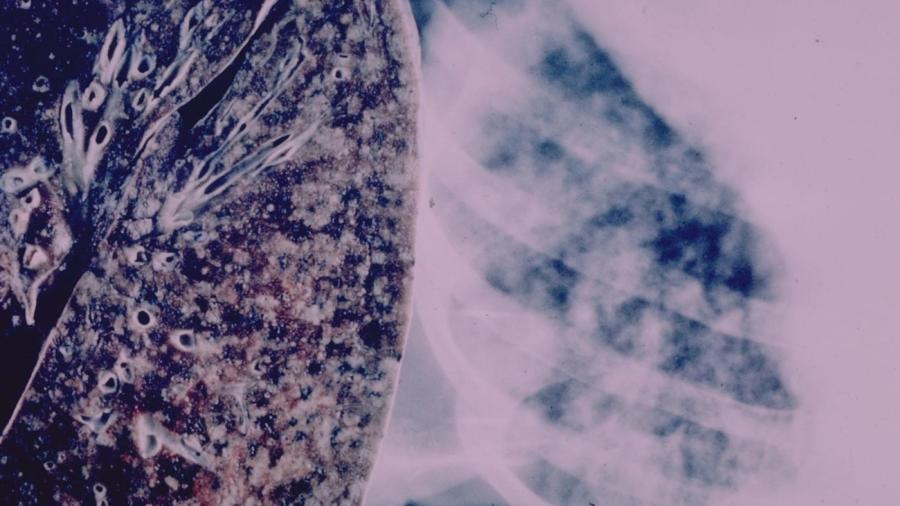What Is the Function of the Thoracic Cavity?

The thoracic cavity protects and holds the lungs, heart, trachea, esophagus, endocrine glands, thoracic aorta and the pulmonary artery. Enclosed by the ribs, breast bone and vertebral column, it is the second-largest hollow space of the human body.
The thoracic cavity contains a critical system of vessels and arteries that transport blood between the heart and lungs. It is in the thoracic cavity that the heart distributes blood for general circulation and the major veins collect and transport blood back to the heart. The thoracic cavity also contains the esophagus, which transports food and liquids from the throat to the stomach.
The thoracic cavity is coated with a serous membrane, which exudes a thin serum or fluid. This membrane, which contains nerves, blood vessels and lymph channels, covers the lungs as well as parts of the heart, vessels and esophagus.
Each lung within the thoracic cavity is contained within a pleural cavity. Each pleural cavity is lined by a pleural membrane consisting of two layers. The pulmonary or visceral pleura protects the outside of the lungs and the costal or parietal pleura lines the inside of the chest. These membranes secrete a lubricant which allows them to move against one another during ventilation. Without this secretion, breathing would be difficult and painful.





